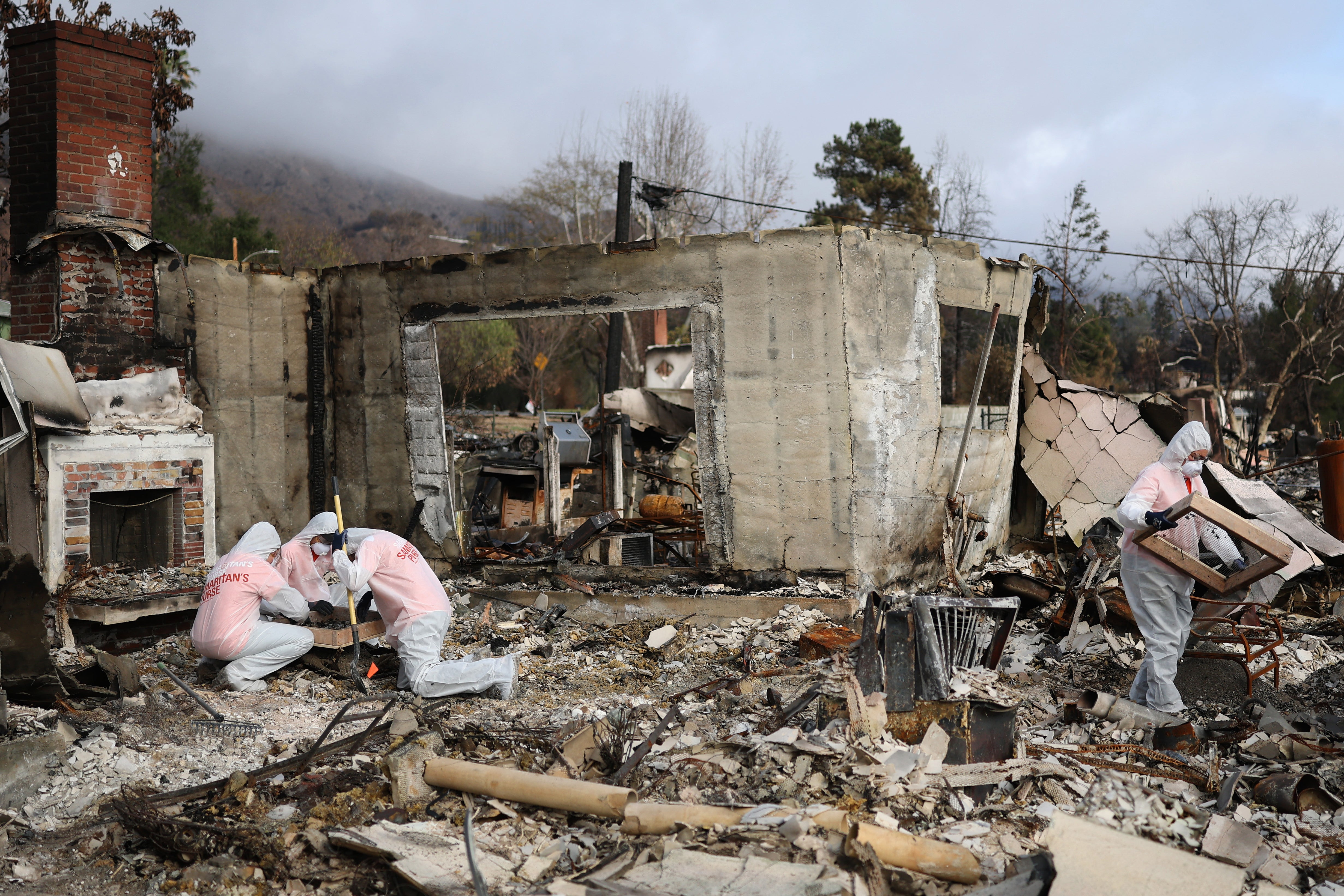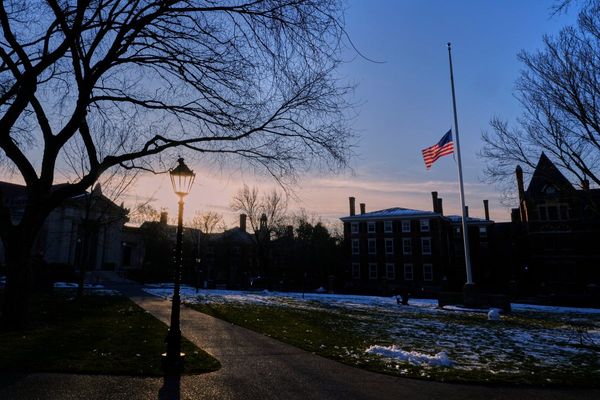One of California’s largest utility companies said Thursday that its equipment may have sparked one of the wildfires that tore through Los Angeles County last month.
The Hurst fire broke out on January 7, the same day that the deadly Palisades and Eaton fires took the lives of at least 29 people and destroyed thousands of homes and businesses.
The fire, which spread over nearly 800 acres was put out more than a week after its start. It did not destroy any structures or result in any deaths. Now, Southern California Edison has said that its own utility work may have sparked the Hurst blaze in a required filing with California utility regulators.
A request for comment from the utility was not immediately returned.
The utility acknowledged last month that fire agencies were investigating whether its equipment may have started the Hurst fire, which scorched about 1.25 square miles around the Sylmar neighborhood of Los Angeles.
“Absent additional evidence, SCE believes its equipment may be associated with the ignition of the Hurst fire,” Thursday’s filing said.
In a second filing, the utility said it is also looking into whether an idle transmission line became energized and possibly sparked the deadly Eaton fire, which devastated Altadena.
However, it still maintains there’s no evidence that its equipment was responsible for starting that fire.

A video claimed to show the start of the 14,000-acre Eaton blaze, which lawyers suing the utility said indicated the start after “an apparent arc on SoCal Edison lines.” But, a spokesperson for the utility told The Independent in January that it is “premature” for anyone to comment on the video until experts complete a review.
Numerous wildfires started in the region and were fueled by the dangerous Santa Ana winds reaching hurricane-force speeds. The fires were also worsened by the impacts of climate change.
The region hadn’t seen rain in months before the fires.
“All the pieces were in place for a wildfire disaster – low rainfall, a build-up of tinder-dry vegetation, and strong winds,” Park Williams, a professor of geography at UCLA, explained in a statement provided by the group World Weather Attribution.







